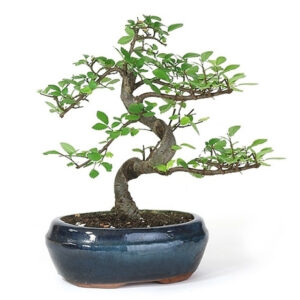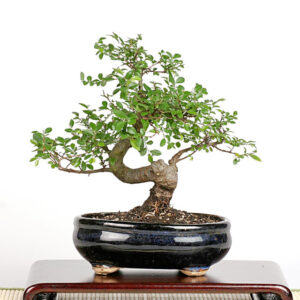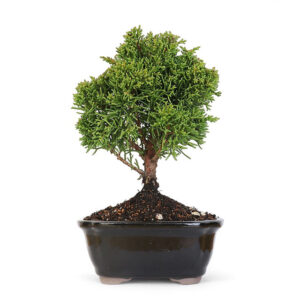$129.00
New York
Standard – $15, delivery charge is free for orders over $50. For the same-day New York delivery service, please place your order before 2.00pm, Monday – Friday. For same-day New York delivery service on Saturdays, place before 10.00am.
Nationwide Delivery
Standard – $20. A next-day nationwide delivery service is available Tuesday – Saturday for orders placed by 2pm the previous day.
Each bouquet will arrive with flower care instructions. Please note, certain fragile products are available for a New York delivery only.
The Dwarf Japanese Maple ‘Sharps Pygmy’ is an exquisite ornamental tree celebrated for its compact size and stunning foliage. This variety of Acer palmatum is a favorite among gardeners due to its small stature and unique growth habits, making it a prized addition to any garden or landscape. Native to Japan, ‘Sharps Pygmy’ is renowned for its beautiful, palm-shaped leaves and its significance in Japanese gardening traditions.
Standing out with its diminutive size, ‘Sharps Pygmy’ typically grows to a height of 3 to 6 feet and has a similar spread. In spring, its foliage emerges with a vibrant green color, which transforms into brilliant shades of orange, red, and yellow during the fall. This seasonal color change creates a striking visual display, adding depth and interest to any garden setting.
To cultivate a Dwarf Japanese Maple ‘Sharps Pygmy,’ attention to soil conditions and placement is essential. These trees prefer well-draining, acidic soil and thrive in partial shade to shield their delicate leaves from harsh sunlight. Consistent watering and occasional pruning are crucial to maintaining their compact form and ensuring vibrant, healthy foliage throughout the year.
Ideal for small gardens, container gardening, or as a focal point in landscape designs, ‘Sharps Pygmy’ offers both versatility and aesthetic appeal. Its manageable size makes it suitable for urban gardens or areas with limited space, where it can be displayed as a specimen tree or integrated into mixed borders to enhance texture and color contrast.
Caring for the Dwarf Japanese Maple ‘Sharps Pygmy’ extends beyond routine maintenance. It involves a deeper appreciation for the beauty of nature and the changing seasons. Observing the foliage transition from green to autumnal hues adds a sense of rhythm and harmony to the garden, enriching the overall experience and providing moments of reflection.
As a symbol of Japanese craftsmanship and aesthetic refinement, the ‘Sharps Pygmy’ is cherished by gardeners worldwide. Its compact size and vibrant foliage offer endless opportunities for creative garden design, making it a valuable addition to any landscape where beauty and elegance are desired.
Whether planted as a solitary specimen or incorporated into a curated garden theme, the Dwarf Japanese Maple ‘Sharps Pygmy’ captivates with its year-round beauty and symbolic significance. Its resilience and dynamic colors inspire admiration, adding tranquility and natural splendor to outdoor spaces.
In conclusion, the Dwarf Japanese Maple ‘Sharps Pygmy‘ is more than just an ornamental tree—it represents a commitment to beauty, craftsmanship, and harmony with nature. Its unique features and seasonal variations make it a cherished component of gardens and landscapes, creating lasting impressions and enriching the lives of those who appreciate its timeless elegance.
This special variety of Japanese Maple features a dense canopy of green and reddish leaves in spring. In the fall, it displays prevalent orange-red foliage before entering dormancy. Japanese Maple bonsai trees, or Acer palmatum, are highly valued for their distinctive leaves, especially with their fall colors.
Bonsai Specifications:
– Bonsai Tree Age: 5-7 Years
– Height: 12 to 15 inches Tall (Potted)
– Pot: 8-inch Ceramic Bonsai Pot
– Classification: Broadleaf Deciduous
– Level: Intermediate
While Japanese maple trees are generally easy to care for, their deciduous nature makes them suitable for intermediate to advanced enthusiasts. During warmer months, leaf scorch may occur due to heat, dry winds, or poor water quality (alkaline pH over 6.5). Some leaf burn is normal and part of the growth cycle. The bonsai can be defoliated in summer for desired foliage effects.






